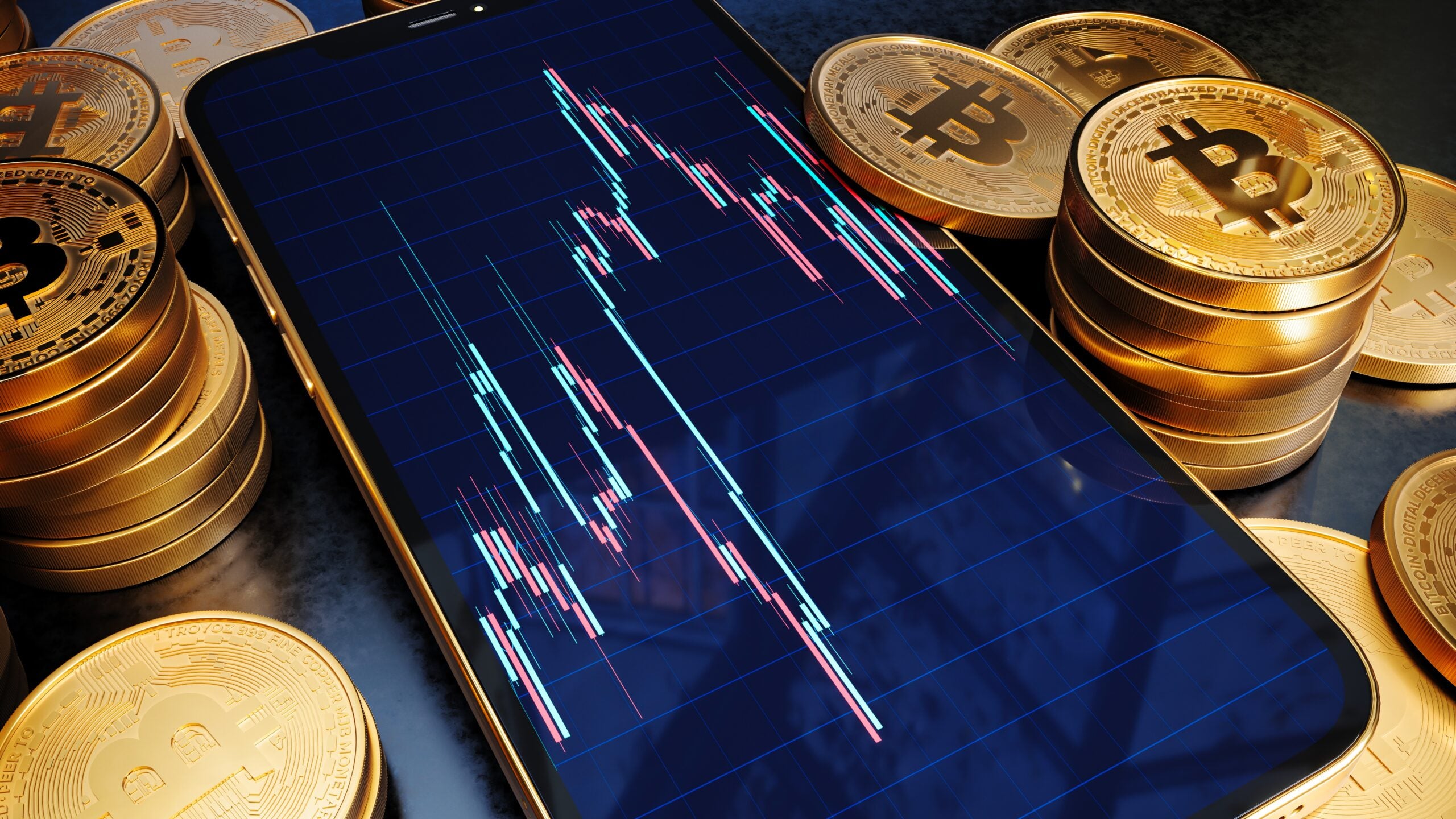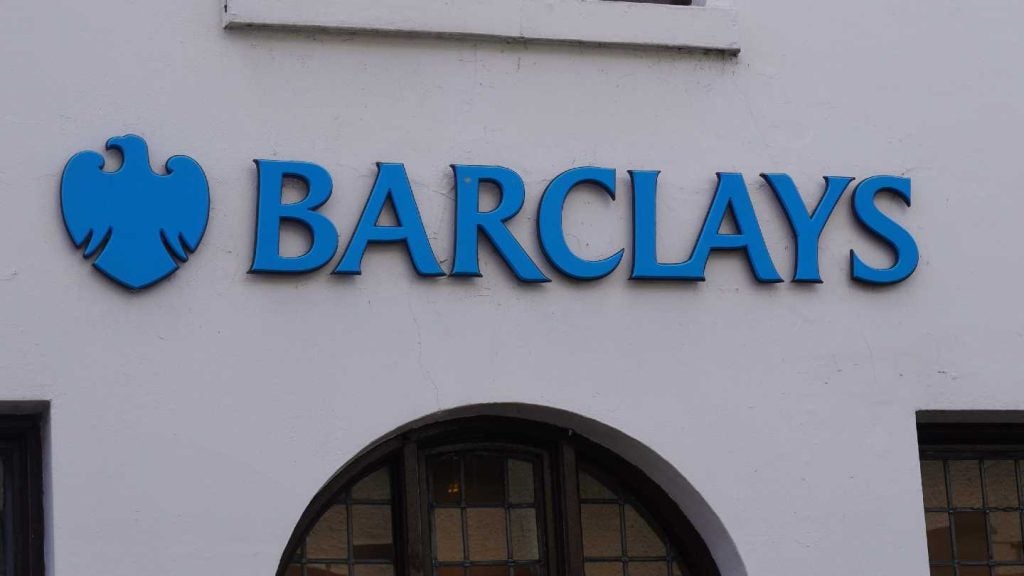The dramatic fall of FTX has exposed many weaknesses in the structure of crypto markets. As regulators look to assert their influence over the coming years, they must tackle the deeper causes of risk in the market or prepare for more of the same.
As FTX filed for bankruptcy in November, the shockwaves across the industry were immense. Exposure to the exchange was widespread, and questions over the viability of many funds, lenders, and exchanges spread like wildfire. Investors ran for the door, causing the value of crypto assets to tumble 70% from their 2021 highs as scandal and inflation confronted lofty valuations.
Markets are built on rules and trust that these are obeyed by participants
Although sparked by higher rates as investors fled to assets with intrinsic value, a considerable reason for today’s crypto winter is trust. The industry is opaque and complex, with operational standards, marketing, and audit rules at a significantly lower standard than the wider financial services industry. Because of this, when a supposedly mature player such as FTX ‘misplaces’ $8bn in customer funds supporting its hedge fund losses, everyone becomes a suspect.
A game of dominoes
The interlinkages within crypto, partly revealed through FTX’s bankruptcy filings, are astounding. Binance had nearly $600m invested in FTX’s now-worthless native coin, sparking a surge in withdrawals, while BlockFi – another crypto exchange – has filed for bankruptcy because of overexposure to FTX, which allegedly has over one million creditors. These kinds of connections between platforms amplify the risks within them to the entire crypto market.
Crypto’s largest platforms tend to be one-stop-shops offering trading, lending, and custody and often invest in risky ventures with substantial leverage. These platforms are therefore vulnerable to crypto market fluctuations and exposed to bad loans and volatile asset prices. This creates a scenario whereby the value of assets on an exchange is dependent on the exchange’s ability to facilitate withdrawals, which depends on the impact the companies’ risk exposure – almost entirely to other crypto ventures – has on reserves. Natural falls in the value of crypto spiral as customers liquidate holdings to facilitate a flight to safety, exacerbating the original losses and dragging other companies down too as asset prices tumble.
Although proposed stricter standards on advertising, audit, and internal controls will help protect consumers and reduce the frequency of crashes, they do not go far enough in tackling the excessive riskiness of key institutions and contagion from interlinkages. Regulations that normalise the internal processes of crypto and foster transparency in the industry will protect stable platforms from runs during downturns but only if there is no reason to think withdrawals are threatened. If these fundamental weaknesses in crypto’s ecosystem remain, its violent boom-and-bust cycles will continue.

US Tariffs are shifting - will you react or anticipate?
Don’t let policy changes catch you off guard. Stay proactive with real-time data and expert analysis.
By GlobalDataA better future
2023 may not be much brighter for crypto, but positive signs are beginning to appear. Regulators have rightly focused on consumer protection in their early statements, but a deeper look at the sources of crisis is needed to pull the sector into maturity. Right now, crypto is a digital casino where its most vital institutions place the largest bets; this will have to change if crypto is to hit the mainstream.









